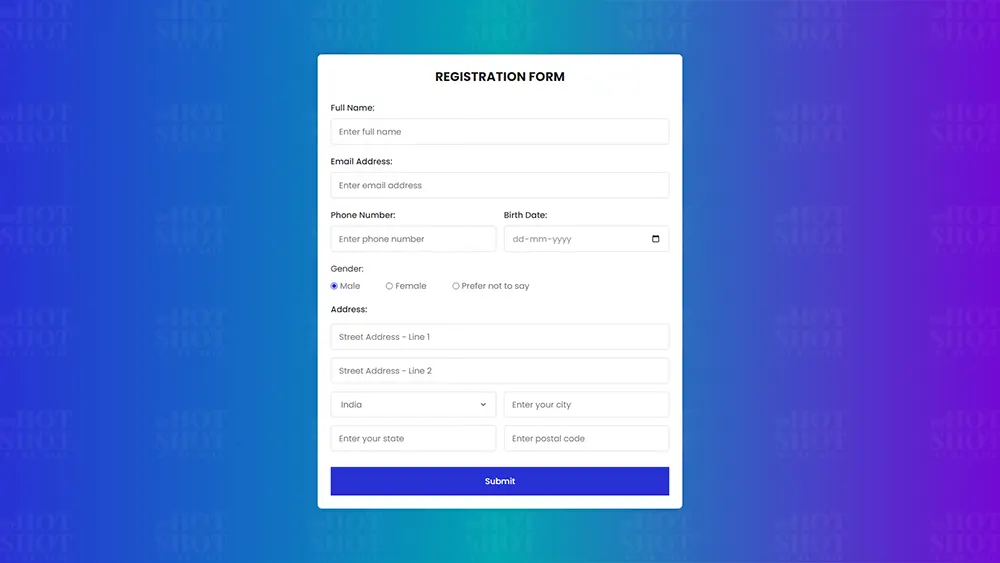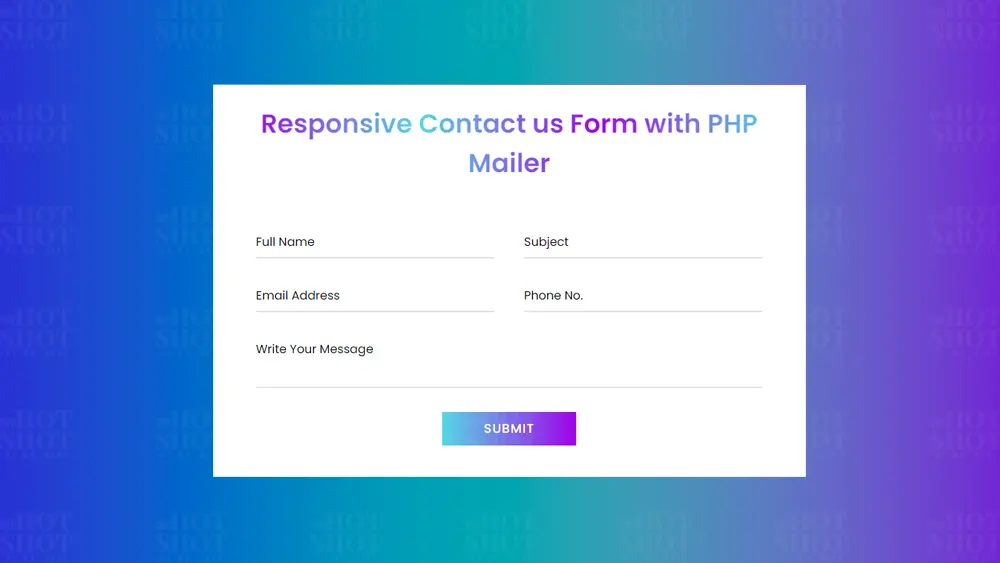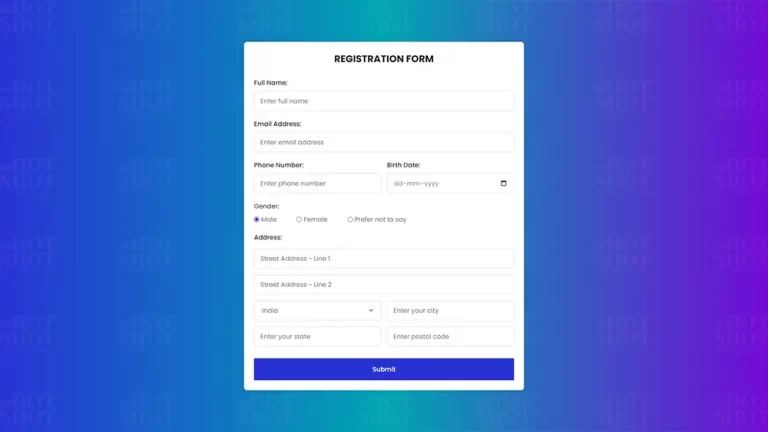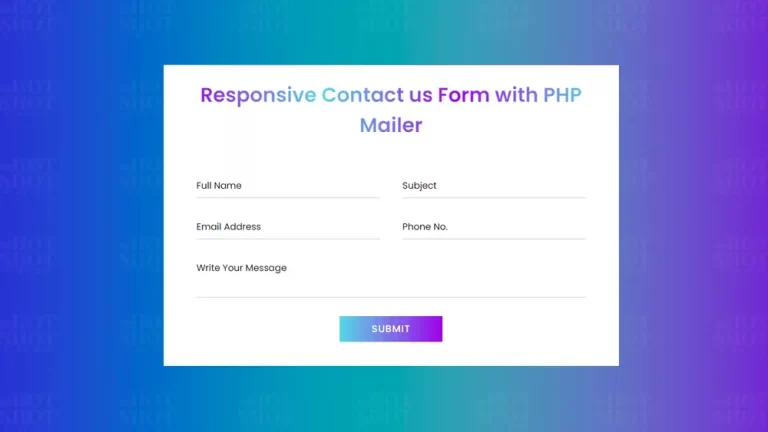In today’s interconnected world, social engineering attacks have become a prevalent threat to individuals and businesses alike. This post aims to shed light on what social engineering attacks are, their insidious tactics, and most importantly, provide descriptive steps to protect yourself and your organization effectively.
Understanding Social Engineering Attacks
In our digitally connected world, social engineering attacks have emerged as a significant threat. By exploiting human psychology and trust, attackers manipulate individuals into divulging sensitive information or performing malicious actions. In this article, we will delve into the concept of social engineering attacks, exploring their tactics and strategies.
Social engineering attacks involve psychological manipulation rather than technical exploits. Attackers capitalize on human vulnerabilities to deceive individuals into sharing confidential information, gaining unauthorized access, or performing actions that compromise security.
- Phishing: One of the most common social engineering tactics is phishing, where attackers masquerade as trusted entities to deceive victims into revealing sensitive data. They typically use email or instant messaging to create a sense of urgency, enticing victims to click on malicious links or provide login credentials.
- Pretexting: In pretexting attacks, attackers impersonate someone trustworthy to gain victims’ confidence and extract sensitive information. They create elaborate scenarios, posing as colleagues, service providers, or even law enforcement officials, to manipulate victims into sharing personal or confidential data.
- Baiting: Baiting attacks involve enticing victims with an attractive offer, such as a free download or prize, to lure them into performing a specific action. This often involves downloading malware-infected files or visiting compromised websites, allowing attackers to gain access to systems or data.
Understanding these tactics is essential in recognizing and mitigating social engineering attacks. By educating individuals about these strategies and raising awareness, organizations can empower their employees to remain vigilant and cautious in their interactions.
Recognizing the Signs of a Social Engineering Attack
Detecting social engineering attacks early is crucial to preventing their success. By understanding the signs and indicators, individuals can identify potential threats and take appropriate action. In this article, we will explore common red flags that may indicate a social engineering attack.
Unsolicited Requests for Information: Be wary of unsolicited emails, messages, or phone calls asking for personal or sensitive information, especially if they come from unfamiliar sources or seem out of the blue.
Urgency or Overly Friendly Tone: Social engineering attackers often create a sense of urgency or use overly friendly language to manipulate victims into complying with their requests. Such attempts should raise suspicion and warrant further investigation.
Suspicious Website URLs: Verify the legitimacy of website URLs before entering any personal or financial information. Attackers may create deceptive websites that mimic trusted platforms to trick users into revealing sensitive data.
Requests for Passwords or Account Information: Legitimate organizations rarely ask for passwords or sensitive account information through unsolicited communication. Treat such requests as potential social engineering attempts and verify their authenticity through trusted channels.
Unusual Requests for Money or Funds: Be cautious of unexpected requests for financial assistance or funds, especially if they come from unfamiliar individuals or organizations. Always validate such requests independently before taking any action.
Poor Grammar or Spelling Errors: Social engineering attackers often make grammatical or spelling mistakes in their communications. This can be an indicator of fraudulent messages, as legitimate organizations usually maintain a higher level of professionalism in their correspondence.
By remaining vigilant and recognizing these signs, individuals can protect themselves and their organizations from falling victim to social engineering attacks. It is crucial to exercise caution and verify any suspicious requests before divulging sensitive information or taking actions that could compromise security.
Steps to Protect Against Social Engineering Attacks
To safeguard against social engineering attacks, proactive measures are necessary. In this article, we will explore actionable steps individuals and organizations can take to fortify their defenses and mitigate the risks posed by social engineering attacks.
Security Awareness Training: Educate individuals about social engineering tactics, warning signs, and best practices for protecting sensitive information. Regular training sessions can empower employees to recognize and respond appropriately to potential social engineering attacks.
Implement Multifactor Authentication (MFA): Enable MFA for all critical accounts to add an extra layer of security. By requiring additional verification factors, such as a code sent to a mobile device, it becomes significantly harder for attackers to gain unauthorized access.
Keep Software and Systems Up to Date: Regularly update operating systems, applications, and security software to patch vulnerabilities that attackers could exploit. These updates often include security enhancements that help protect against emerging social engineering threats.
Be Wary of Suspicious Emails and Calls: Exercise caution when receiving unsolicited emails or phone calls. Avoid clicking on links or downloading attachments from unknown sources. Verify the legitimacy of requests independently through trusted channels before providing any sensitive information.
Strengthen Password Security: Use strong, unique passwords for each account and avoid reusing passwords across multiple platforms. Consider utilizing a password manager to securely store and generate complex passwords.
Employ Email Filters and Anti-Malware Software: Implement robust email filters to detect and block phishing attempts. Deploy reputable anti-malware software that can identify and quarantine malicious files or links that could facilitate social engineering attacks.
Foster a Security-Focused Culture
Developing a security-focused culture within organizations is instrumental in mitigating the risks of social engineering attacks. In this article, we will discuss the importance of ongoing training, fostering a sense of vigilance, and establishing an environment where employees feel comfortable reporting suspicious activities.
Ongoing Security Training: Provide regular security awareness training sessions to keep employees informed about evolving social engineering techniques. Share real-life examples and encourage open discussions to reinforce the importance of security practices.
Encourage Vigilance: Foster a culture of vigilance, where employees remain alert to potential social engineering attempts. Encourage them to question suspicious requests, verify information independently, and report any unusual incidents promptly.
Establish Reporting Channels: Create confidential reporting channels, such as a dedicated email address or an anonymous reporting system, to encourage employees to report any suspicious activities or potential social engineering incidents they encounter.
Conduct Phishing Simulations: Test and evaluate the effectiveness of security awareness training by conducting regular phishing simulations. These simulations can help identify areas for improvement and reinforce training concepts.
Promote Collaboration and Communication: Encourage collaboration between IT security teams and employees. Establish clear communication channels for reporting potential security incidents and provide timely feedback to reinforce good practices.
By following these steps and fostering a security-focused culture, organizations can significantly enhance their ability to protect against social engineering attacks. It is crucial to continuously educate employees, stay vigilant, and adapt security practices to evolving threats.
Conclusion:
Protecting against social engineering attacks requires a multi-faceted approach that combines education, technical measures, and a security-conscious culture. By understanding social engineering tactics, recognizing signs of potential attacks, implementing protective measures, and fostering a vigilant environment, individuals and organizations can bolster their defenses and mitigate the risks posed by social engineering attacks. Stay proactive, stay informed, and prioritize security to safeguard sensitive information and maintain digital resilience.











